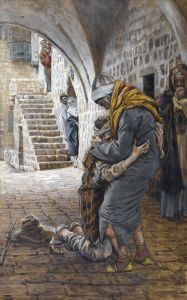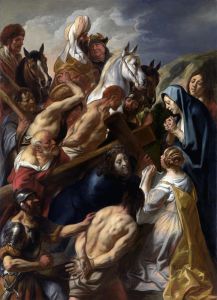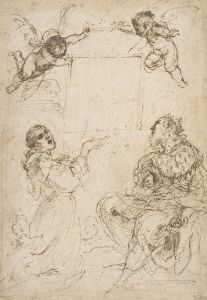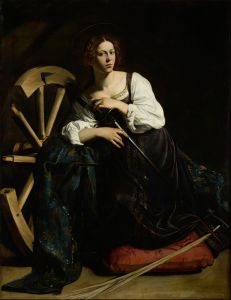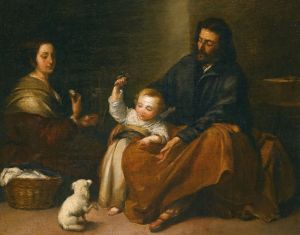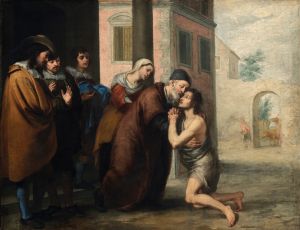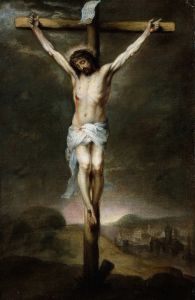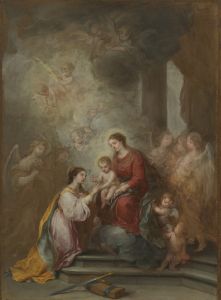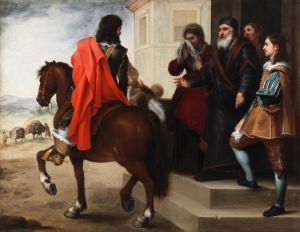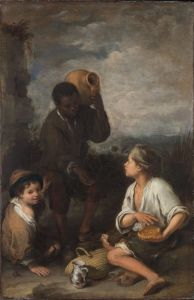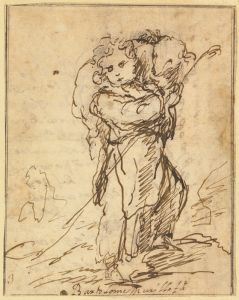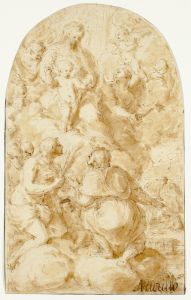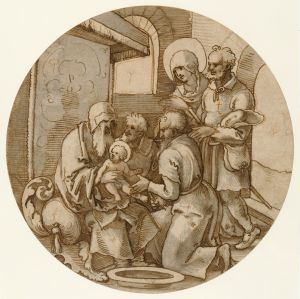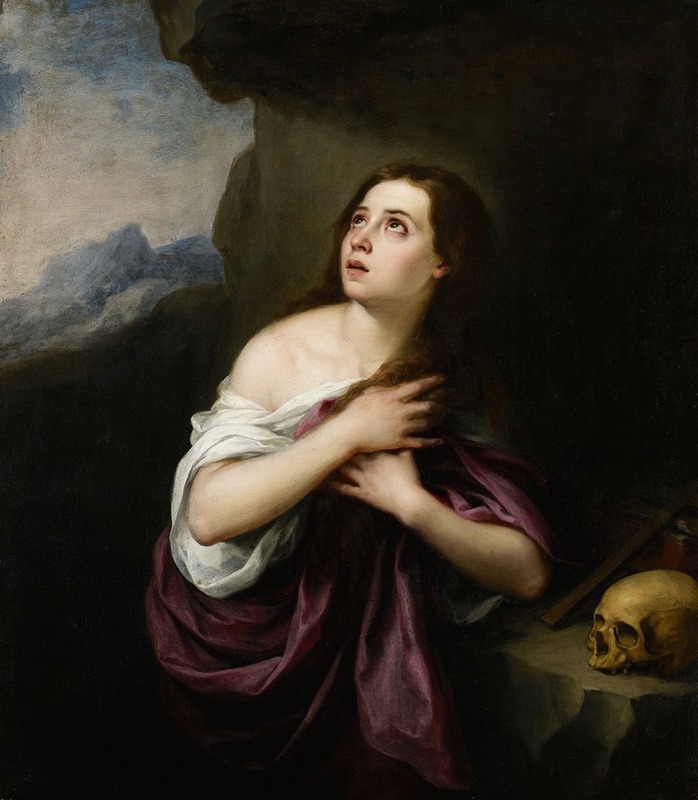
Penitent Magdelene
A hand-painted replica of Bartolomé Estebán Murillo’s masterpiece Penitent Magdelene, meticulously crafted by professional artists to capture the true essence of the original. Each piece is created with museum-quality canvas and rare mineral pigments, carefully painted by experienced artists with delicate brushstrokes and rich, layered colors to perfectly recreate the texture of the original artwork. Unlike machine-printed reproductions, this hand-painted version brings the painting to life, infused with the artist’s emotions and skill in every stroke. Whether for personal collection or home decoration, it instantly elevates the artistic atmosphere of any space.
Bartolomé Esteban Murillo's "Penitent Magdalene" is a notable example of the Spanish Baroque painter's religious works, which often focused on themes of repentance, humility, and divine grace. Murillo, one of the most celebrated artists of the Spanish Golden Age, was renowned for his ability to convey deep emotion and spirituality through his paintings. This artwork, like many of his religious compositions, reflects his mastery of chiaroscuro and his sensitivity to human expression.
The painting depicts Mary Magdalene, a significant figure in Christian tradition, who is often portrayed as a repentant sinner seeking forgiveness. In "Penitent Magdalene," Murillo presents her in a moment of quiet contemplation and remorse. She is typically shown seated or kneeling, with her gaze directed downward or upward in prayer, embodying humility and devotion. Common elements in such depictions include a skull, symbolizing mortality and the transience of earthly life, and a crucifix or an open book, representing faith and spiritual reflection. These elements are often present in Murillo's interpretation of the subject, though the exact composition may vary depending on the specific version or reproduction of the painting.
Murillo's use of soft, warm tones and delicate brushwork enhances the emotional depth of the scene, inviting viewers to connect with the Magdalene's inner transformation. His ability to humanize religious figures while maintaining their spiritual significance contributed to his widespread acclaim during his lifetime and beyond.
The exact date of creation for "Penitent Magdalene" is not definitively documented, but it is generally attributed to the mid-17th century, during the height of Murillo's career. The painting reflects the Counter-Reformation's emphasis on personal piety and the role of art in inspiring devotion among the faithful. Murillo's works were highly sought after by both religious institutions and private collectors, and his influence extended beyond Spain to other parts of Europe.
Several versions of "Penitent Magdalene" attributed to Murillo exist, as it was a popular subject among patrons of the time. These variations may differ slightly in composition and detail, but they consistently showcase Murillo's characteristic style and thematic focus. Today, his works, including "Penitent Magdalene," are held in high regard and can be found in major art collections and museums worldwide.
This painting exemplifies Murillo's ability to merge technical skill with profound emotional resonance, making it a significant contribution to the canon of Baroque religious art.





